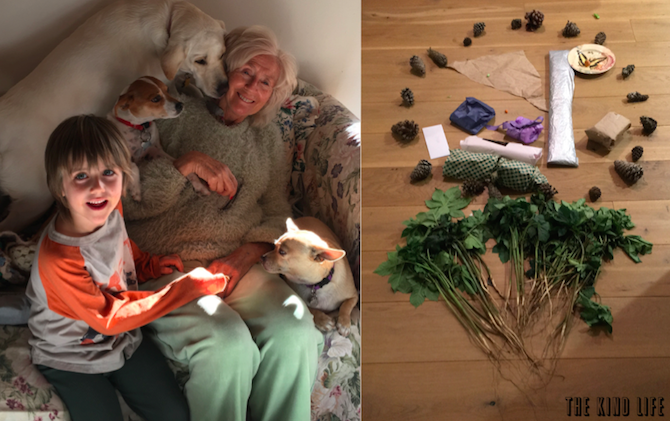June 21st marks the summer solstice, or first day of summer. The summer solstice always falls on the longest day of the year, also the day on which the sun is farthest north (for those in the southern hemispheres, today is the winter solstice). It’s a great day to enjoy the extra hours of sunlight outdoors and to celebrate Mother Earth!
Historically, many cultures have celebrated the summer solstice as a time of fertility and an occasion for outdoor festivals and gatherings. For example, at Stonehenge in Wiltshire, England, Druids and Pagans once gathered to celebrate the summer solstice by sitting around a solstice fire. Stonehenge was a sacred burial ground, and ancient peoples would hold a vigil there until sunrise on the summer solstice. The sun appears to rise between the two stones at the northeastern entrance on the day of the summer solstice (as shown in the picture above). This is part of the “mystery of Stonehenge.”
For we modern folk, the summer solstice is a wonderful time to nurture our environment, remember our spiritual connection to the earth, and celebrate with our loved ones. It’s a time to enjoy the change in season and the new foods the season brings. It’s also an occasion to pause and enjoy the sounds and smells and all the sensory experiences that accompany summer.
With the change in season comes a chance to begin again and renew our commitments to living kind. It’s a chance to do as much we can to honor nature with our choices, from eating plant-based foods as much as possible to reducing waste by using less.
How do you plan to spend the summer solstice?
Photo Credit: Southern Sky Photo
The holiday season can be a really beautiful, reflective time, but somet…




